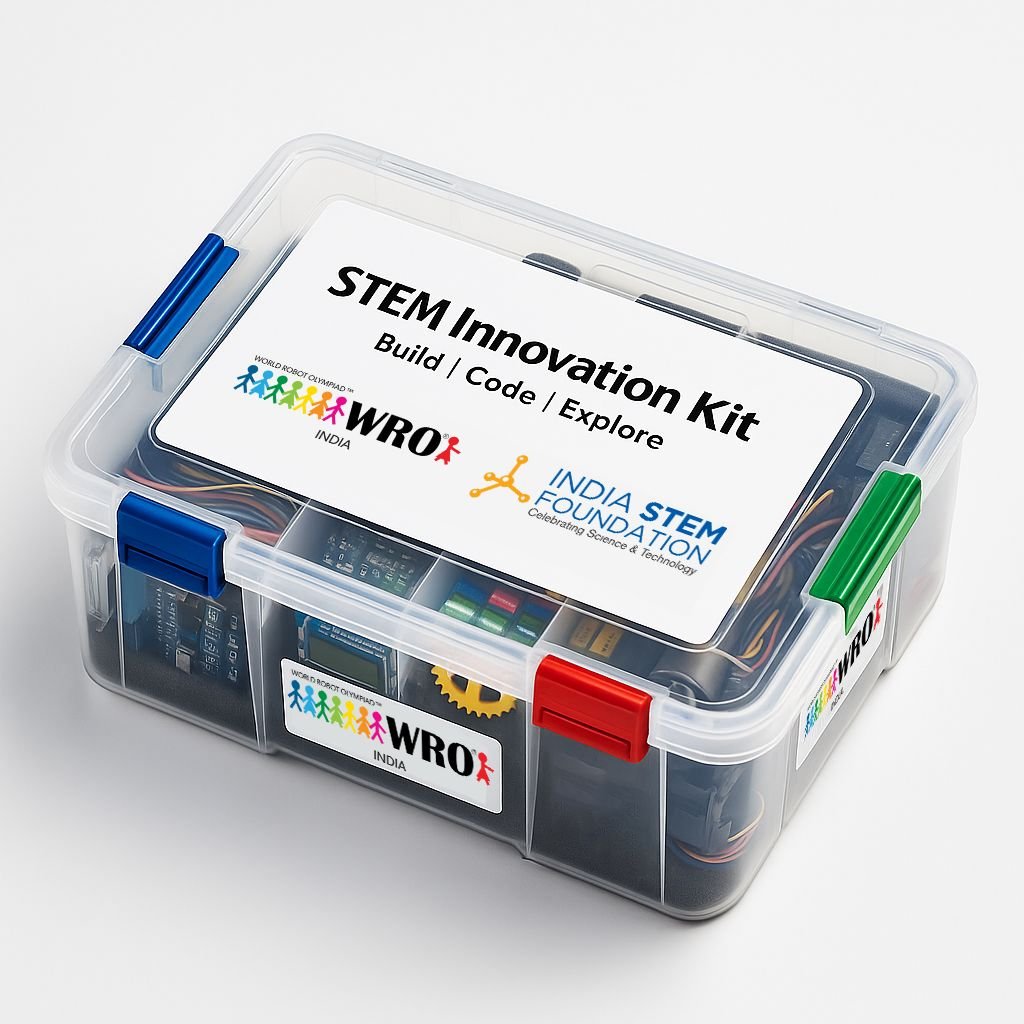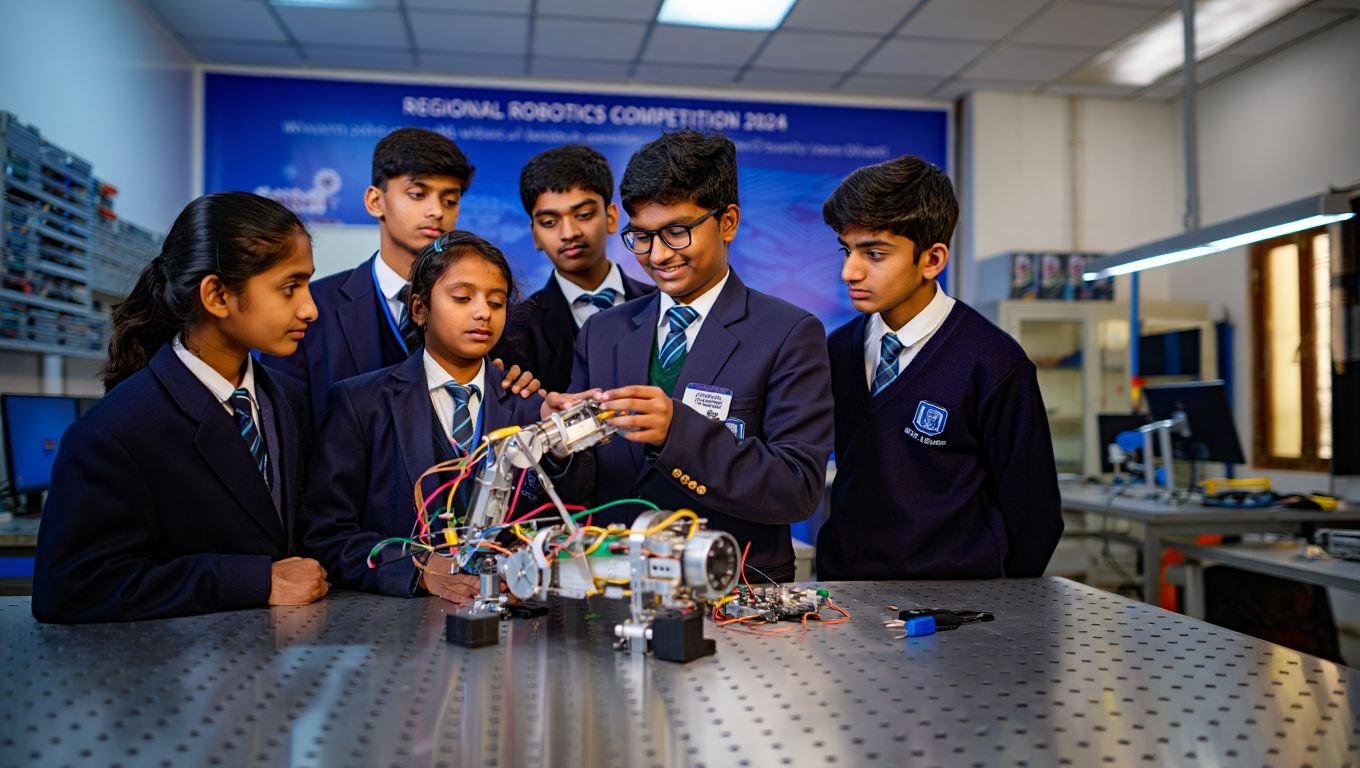STEM education (science, technology, engineering, and mathematics) has become a vital engine of innovation and economic growth in an era characterized by fast technological breakthroughs and worldwide rivalry. India needs a workforce that is more prepared for the future than ever because it wants to take advantage of its demographic dividend and compete globally. STEM education enables students to become producers rather than just consumers of technology by incorporating real-world experiences and encouraging critical thinking. This essay examines how STEM education has transformed India and how it may help create a resilient, future-ready country.
Early STEM education is essential for developing the abilities that future innovators will need. We encourage children’s innate curiosity and problem-solving skills by immersing them in experiential learning opportunities. Early STEM integration promotes creativity and critical thinking, equipping kids to face problems in the real world. Providing early access to STEM education becomes crucial as companies seek more tech-savvy individuals. This article examines the profound effects of early STEM education on kids, emphasizing effective initiatives, the value of teacher and parent participation, and the long-term advantages of laying a solid foundation for creativity in the following generation.
Though there are still significant challenges to be addressed, STEM education in India has made significant strides. STEM enrolment has been steadily rising as a result of growing recognition of the field’s importance to the nation’s technological and economic development. However, there is still a big difference between rural and urban communities; the former have access to better infrastructure and resources than the latter. Gender disparity is a significant issue as fewer girls are pursuing STEM careers in spite of several initiatives to promote diversity in the field.
The Value of STEM Education at an Early Age
Early STEM education is valuable because it may foster the development of critical abilities that will mold future innovators. Children who are exposed to science, technology, engineering, and mathematics from an early age are more likely to be curious and to think critically, which helps them approach problems in novel ways. Experimentation and problem-solving are encouraged by hands-on learning opportunities, which make abstract ideas concrete and approachable. Early STEM education also fosters communication and teamwork, preparing children for collaboration in a variety of contexts. Investing in STEM education at an early age provides children with the tools they need to flourish in an increasingly competitive and technologically driven society, particularly as the need for tech-savvy people develops.
Essential Elements of a Successful Early STEM Education
Hands-on Learning Experiences: For early STEM education to be effective, children must participate in hands-on activities. Children may engage directly with materials and concepts via experimenting, constructing, and discovery, which promotes deeper comprehension and recall. Allowing kids to learn by doing simple scientific experiments, coding games, and engineering challenges makes STEM disciplines more approachable and entertaining globe.
Multidisciplinary Approach: A strong early STEM curriculum incorporates a variety of courses so that kids can understand the relationships between maths, science, technology, and engineering. Through the integration of these fields with the humanities and arts, educators may foster a comprehensive comprehension of ideas. Children who use this interdisciplinary approach to learning apply their information in a variety of situations and develop well-rounded problem-solving abilities, which fosters creativity and critical thinking.
Play-Based Learning: Including play in STEM education helps young students become more motivated and engaged. Play-based education creates a secure space for kids to experiment, explore, and take chances. Teachers can make learning interesting and engaging while assisting kids in developing critical skills like cooperation, communication, and resilience by introducing STEM topics through games, simulations, and imaginative play.
The Role of educators and parents
Educator Development and Training: Skilled teachers who know how to interest young students in STEM subjects are essential for successful early STEM education. Teachers should be armed with cutting-edge instructional tools, practical activities, and creative teaching tactics through professional development programs. Students can be inspired to study STEM topics with confidence, and teachers can ignite their curiosity by creating a conducive learning environment.
Creating an Inclusive Learning Environment: Teachers are essential in fostering a diverse and inclusive learning environment that motivates all students to engage in STEM-related activities. Teachers may guarantee that every kid feels valued and encouraged by employing culturally relevant techniques and acknowledging unique learning styles. This will provide equitable possibilities for involvement in STEM education.
Parental Support and Involvement: By promoting curiosity and inquiry at home, parents play a critical part in their children’s early STEM education. A passion for learning is fostered by participating in STEM-related activities, such as science experiments, building projects, or museum visits. In addition, parents may help their kids learn by working with educators, going to seminars, and supporting STEM initiatives in their local communities.
Collaboration and Communication: Encouraging STEM learning requires effective parent-teacher communication. Parents who receive regular information on school activities and success are better able to assist their children’s education at home. Partnerships that foster a common interest in STEM subjects amongst parents and educators include family STEM nights and community workshops.
Promoting a Growth Mindset: Parents and educators alike should emphasize the value of a growth mindset in STEM education. Fostering resilience and persistence in children may be achieved by teaching them to see problems as chances for learning and development. Rather than concentrating only on the right answers, encouraging effort, creativity, and problem-solving helps kids form a lifetime love of learning and a good attitude toward STEM topics.
To sum up, early STEM education is critical to forming the abilities and perspectives of future innovators. Through practical experiences that cultivate curiosity, creativity, and critical thinking, we prepare kids for life’s obstacles and help them prosper in a technologically advanced society. Even while STEM awareness and enrolment have increased significantly in India, addressing access gaps and gender representation is still essential to attaining real inclusiveness. In order to provide a nurturing learning environment for young brains, cooperation between educators and parents is essential. We can create a generation of tech-savvy, competent workers who will be




